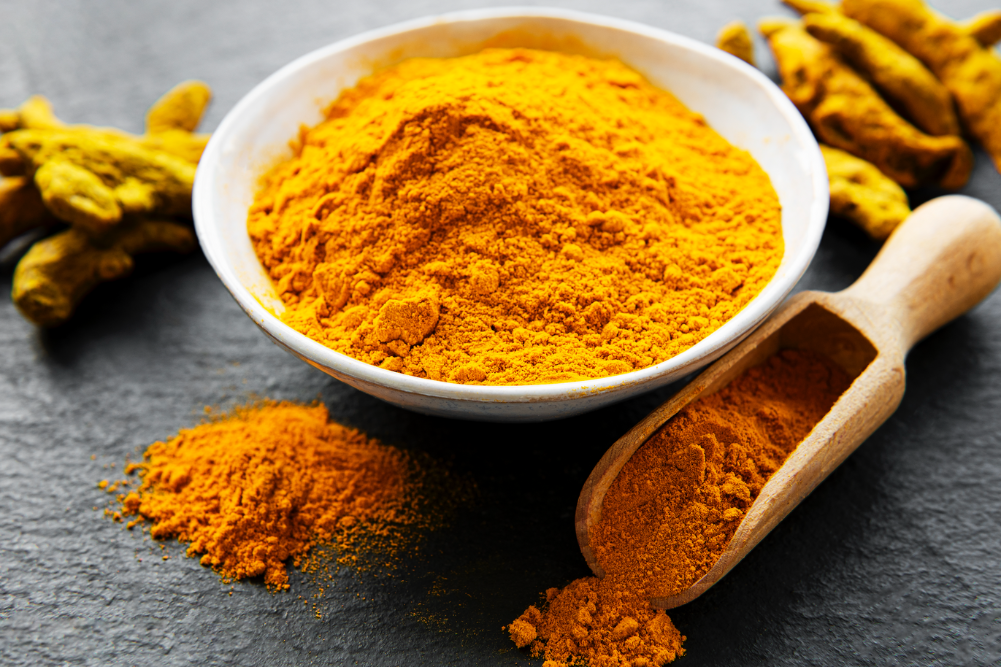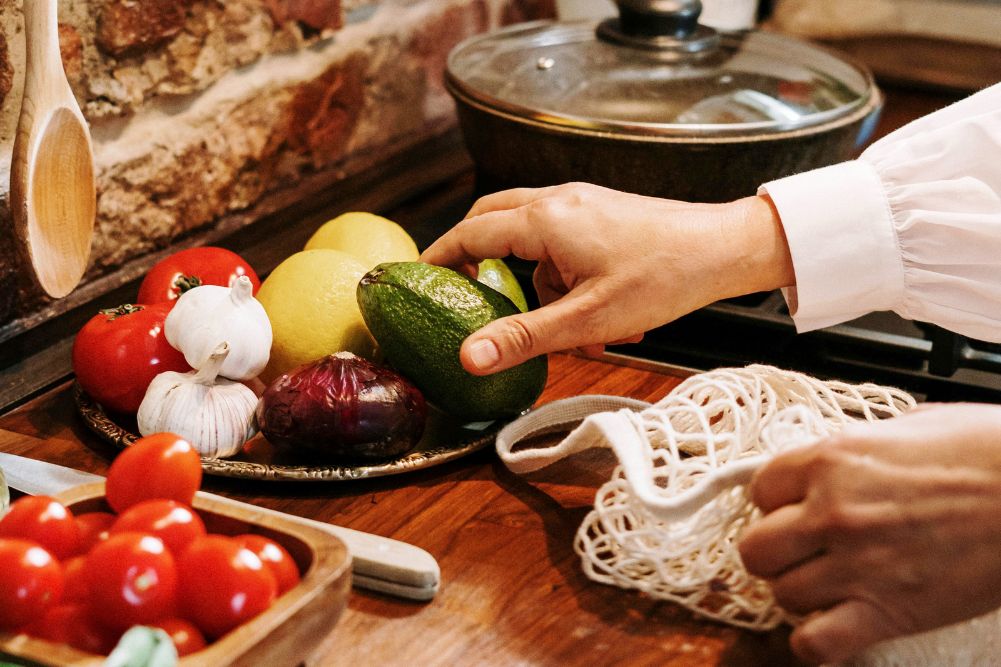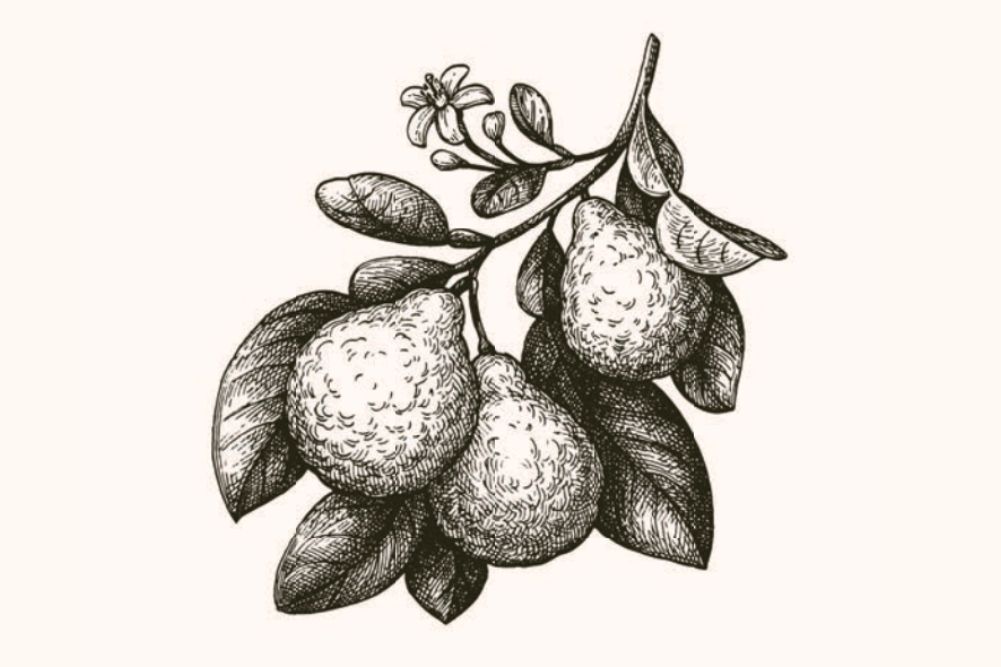We take a look at the many benefits of the humble carrot
The first carrots were not the proud orange conical beauties we mostly see today. Dating back to 10th century Persia, around the Himalayas in what is now Afghanistan, the humble carrot began its journey. Back then, carrots grew longer and thinner, and were purple or white in colour. Along the way, a happy mutation resulted in yellow and red varieties, which became popular as they were sweeter, and meant that cooking with them didn’t end in a purple hue.
Delicious raw, sautéed, mashed and roasted, carrots are a mainstay of our vegie crispers for good reason.
The story goes that in the 17th century, patriotic Dutch carrot-growers crossed a red and a yellow variety in an attempt to create the perfect orange carrot as a tribute to William of Orange, who led the Dutch to independence. On a side note, I personally cannot think of any greater honour than to have a vegetable dedicated to you!
The new orange variety was sweeter, bigger, and orange and before you could say “dipsticks”, the commercial success of the orange carrot was born. Since then carrots really haven’t looked back, reaching dinner plates across the world due to their affordability, accessibility and deliciousness.
Nutritional dynamite
So special is the carrot, that one of its primary nutrients bears its name. Carotenoids are the group of fat-soluble antioxidants that protect your cells from damage, improve the immune system, and can even help protect your skin from sunburn.
Beta-carotene is one of these carotenoids, and is responsible for giving carrots their orange pigment. Once beta-carotene gets into your body, it is transformed in the liver to retinoic acid, the active form of vitamin A, regulated by the body and depending on your vitamin A levels. From here it can perform its magic in exhibiting its strong antioxidant capacity, and its support for the immune system.
Another carotenoid found in carrots is lutein, which is thought to be involved in protecting your eyes — your macula to be precise — thus reducing the risk of age-related macular degeneration.
The age-old tale that carrots give you superhuman night vision is unfortunately not altogether true. Propaganda from the UK Ministry of Food during World War II stated that eating carrots was the key to the success of the British Air Force. In reality, the story made a good cover for newly adopted radar technology that the British Air Force was relying on during night-time activity, and although they didn’t set out to fool the Germans, they were more than happy to go along with the story. However, carrots do contain nutrients that contribute to good eye health, which is still great, if not quite as exciting.
Overdosing won’t give you better eye health, as the body will self-regulate against converting too much beta-carotene to vitamin A. On that topic, you can get too much of a good thing here, in that overdoing the carrots can cause hypercarotenaemia, a condition where the skin appears an orangey-yellow colour due to excess beta-carotene in the blood. This is not necessarily just from carrots, and can include enthusiastic enjoyment of sweet potato and pumpkin also. The condition is harmless, and is reversed by returning your intake to a more balanced level.
Along with their glut of carotenoids, carrots enjoy a lovely amount of fibre, biotin, vitamin K and vitamin C, which are mostly helped in their absorption by a source of fat. So it’s no accident that you love carrot with hummus as the fats from the tahini, or perhaps olive oil, depending on your recipe, help the absorption of the precious carotenoids.
Importantly, don’t forget the carrot tops! Full of potassium, vitamin C and other phytonutrients, they make an excellent pesto combined with your favourite herb and enjoyed in moderation. You can even grow carrot tops from the nubby end of your carrot, by sitting it on a plate with a small amount of water and placing it in a sunny position.
Delicious raw, sautéed, mashed and roasted, carrots are a mainstay of our vegie crispers for good reason. I dare you to find another vegetable that has as satisfying a crunch and is as versatile and long-lasting. You will most likely find different heirloom varieties and colours available if you look out for them —– so be sure to try out some new versions of this old favourite.








